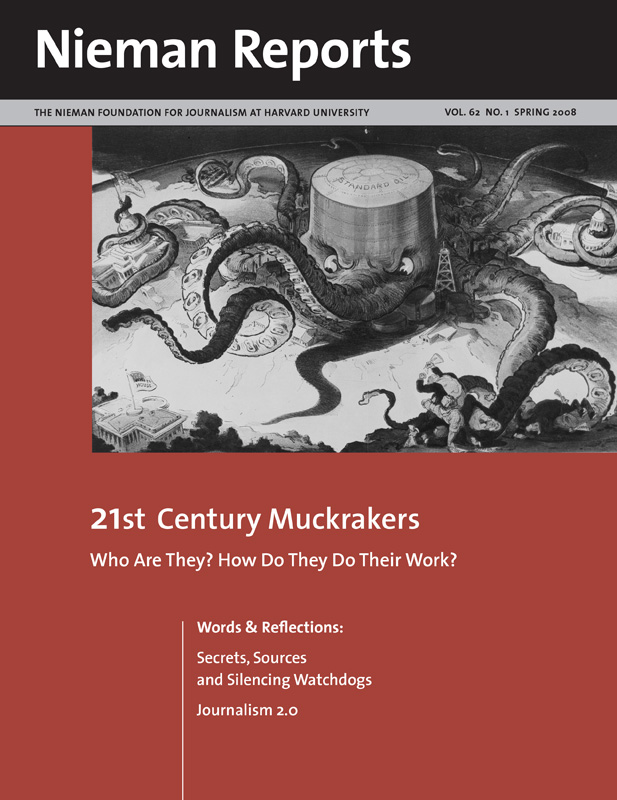Want to add social science methods to your toolbox of investigative reporting skills? What follows are some ways to consider doing this:
Read “Precision Journalism: A Reporter’s Introduction to Social Science Methods” (4th edition) by Philip Meyer.
Fuzzy with math? Read “Numbers in the Newsroom: Using Math and Statistics in News,” by Sarah Cohen, the Pulitzer-winning Washington Post database editor.
Get the boss to buy you a copy of SPSS 16.0: This is a widely used statistical analysis software package. It’s pricey, at $1,700, but it will do most of the kinds of analyses precision journalists are performing these days. Better yet, the SPSS documentation, manuals and practice data serve as a good tutorial in statistical techniques.
Join Investigative Reporters and Editors (IRE): It offers training in computer-assisted reporting in general and precision journalism in particular[see note 1].
Subscribe to NICAR-L: This e-mail listserv is frequented by most of the reporters who are using precision journalism tools [see note 2].
Consider signing up for the annual advanced newsroom statistics boot camp at Arizona State University [see note 3].
Sign up for the annual “Mapping Data for News Stories” boot camp at IRE’s headquarters at the University of Missouri.
Take a statistics course and a geographical information systems course at your local university. Most professors will be intrigued about helping you become a precision journalist. — S.K.D
Read “Precision Journalism: A Reporter’s Introduction to Social Science Methods” (4th edition) by Philip Meyer.
Fuzzy with math? Read “Numbers in the Newsroom: Using Math and Statistics in News,” by Sarah Cohen, the Pulitzer-winning Washington Post database editor.
Get the boss to buy you a copy of SPSS 16.0: This is a widely used statistical analysis software package. It’s pricey, at $1,700, but it will do most of the kinds of analyses precision journalists are performing these days. Better yet, the SPSS documentation, manuals and practice data serve as a good tutorial in statistical techniques.
Join Investigative Reporters and Editors (IRE): It offers training in computer-assisted reporting in general and precision journalism in particular[see note 1].
Subscribe to NICAR-L: This e-mail listserv is frequented by most of the reporters who are using precision journalism tools [see note 2].
Consider signing up for the annual advanced newsroom statistics boot camp at Arizona State University [see note 3].
Sign up for the annual “Mapping Data for News Stories” boot camp at IRE’s headquarters at the University of Missouri.
Take a statistics course and a geographical information systems course at your local university. Most professors will be intrigued about helping you become a precision journalist. — S.K.D



